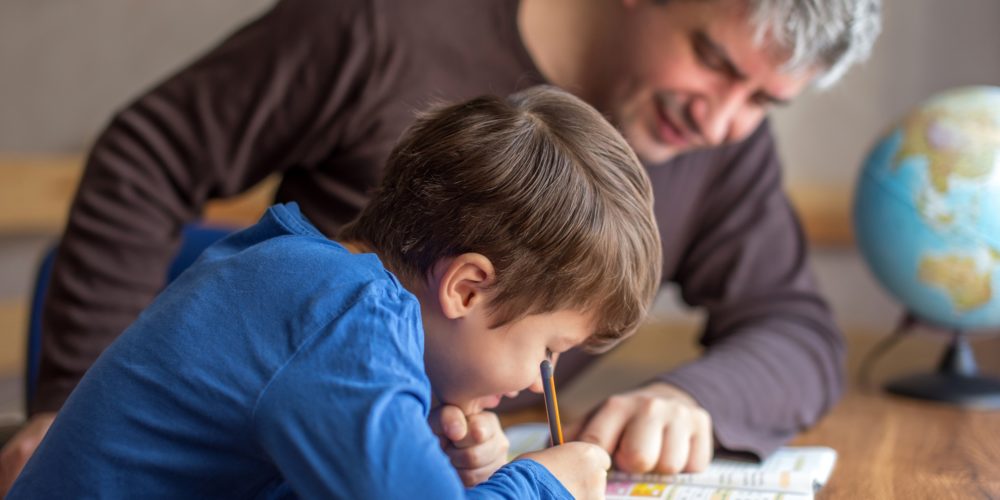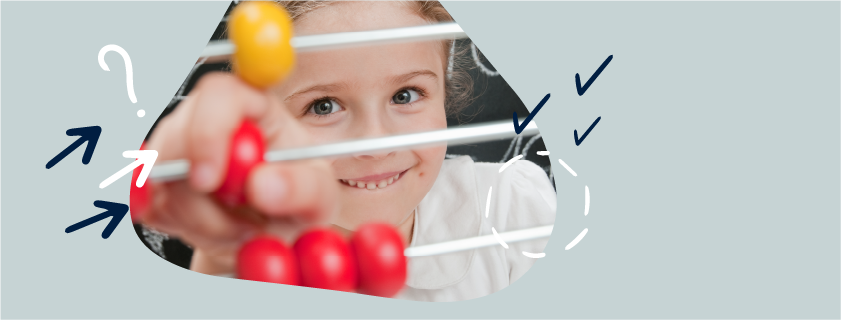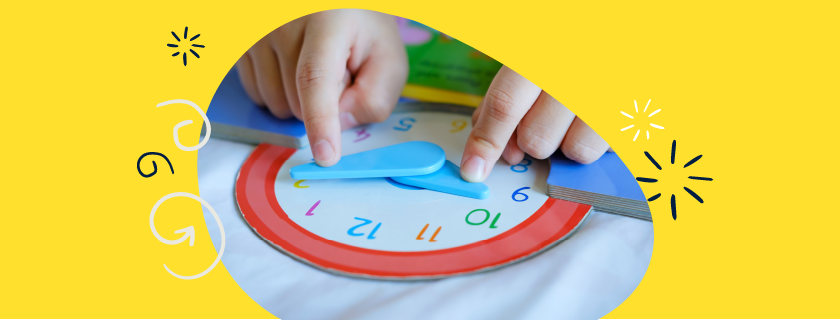Maths at home
We can all struggle from time to time to support our little ones with their maths homework or school projects – even understanding some of the words their teachers use can be challenging.
Check out our bookshop and activities to discover opportunities to help your child’s learning at home with number fun, as well as some top tips for things you can do together. We’ve pulled together some strategies to help you here, including a list of five things you can do to explore maths together at home!
Fun maths activities!
Have fun with numbers and explore our range of free maths activities.
Times Tables help
Help and advice to use in supporting your child as they learn their tables.
Telling the Time
Support and guidance on ways you can help your child learn to tell the time.
Exploring maths together at home
Supporting your child in developing their maths skills doesn’t have to mean complicated fractions or expert knowledge!
Applying numeracy skills to real life situations is really important. You might want to try:
1. Maths at meal times
Meal times provide a wealth of maths opportunities. Getting involved in food preparation, cooking, and serving can help children practise maths skills like counting, measuring, and using ratios.
Young children can be encouraged to set the table for the right number of people, asking them to find the correct number of items such as plates, glasses, and cutlery. Older children could work out how long dinner will take to make, scale up a recipe for more people, or accurately weigh out ingredients.
2. Talk about the weather
The weather is a great topic to bring maths into the real world. Why not watch and discuss weather reports together to see how maths can help to describe what is going on around us?
Your child could try keeping a weather chart. Younger children might want to record each day as sunny, cloudy, rainy, and so on. As the chart grows, you can encourage them to talk about how many sunny days there have been, or how many more sunny days than rainy days we have seen in the last couple of weeks.
Older children can record temperatures, look at where is warmest or coldest, or calculate how many degrees colder/warmer it is in one city compared to another. What kinds of conclusions can they draw from their data? Are there any interesting patterns?
3. On a walk
When taking a walk, ask young children to look out for and keep count of how many birds or cars they spot. Older children can think about and estimate how many steps the walk might take, how far you are going, and how long it will take. Most smartphones will be able to record this kind of information for you, so you can check how accurate their estimates were!
4. Playing sports
With young children, try passing a ball in the garden and counting how many times you can pass it before it is dropped. (This can work just as well inside with some balled-up socks – so long as no-one is throwing too hard!) Can you beat your score?
Challenge older children to complete a certain number of actions in a minute – for example, how many star jumps can they do? – and keep track of their score over several rounds. Then, they can use the data to identify the best round they had. If they’ve already learnt about averages, they could work out the average number of actions per minute across all the different rounds.
5. Story time!
Finally, bring maths into story time. Practise using position words when looking at picture books, asking questions like ‘What is behind the boy?’ and ‘What can you see under the table?’. This can help young children to think about space, shapes, and position.
You could also try counting and looking for numbers in your child’s favourite story books. For example, ‘How many biscuits can we see?’ or ‘How many times did the dog woof?’ Ask older children to look at how many pages there are in a chapter/book. How long will it take them to finish if they read five pages per day?
These are just five simple ways to make maths at home a fun and friendly family experience. For more learning ideas, games and activities, check out our blog on How to help your child with mental arithmetic.
Where can I find maths support?
Investigating Oxford Owl will be helpful. Here is some of Owl’s best maths advice and support:

Overcoming maths anxiety
A short article featuring advice on how you can help at home if your child is anxious about maths.
Numicon at Home
Explore our Numicon at Home First Steps Kit and Next Steps Kit, available to purchase and use at home.
Helping with Mental Arithmetic
Discover fun and easy ideas for supporting your child’s mental arithmetic skills and number confidence at home.




